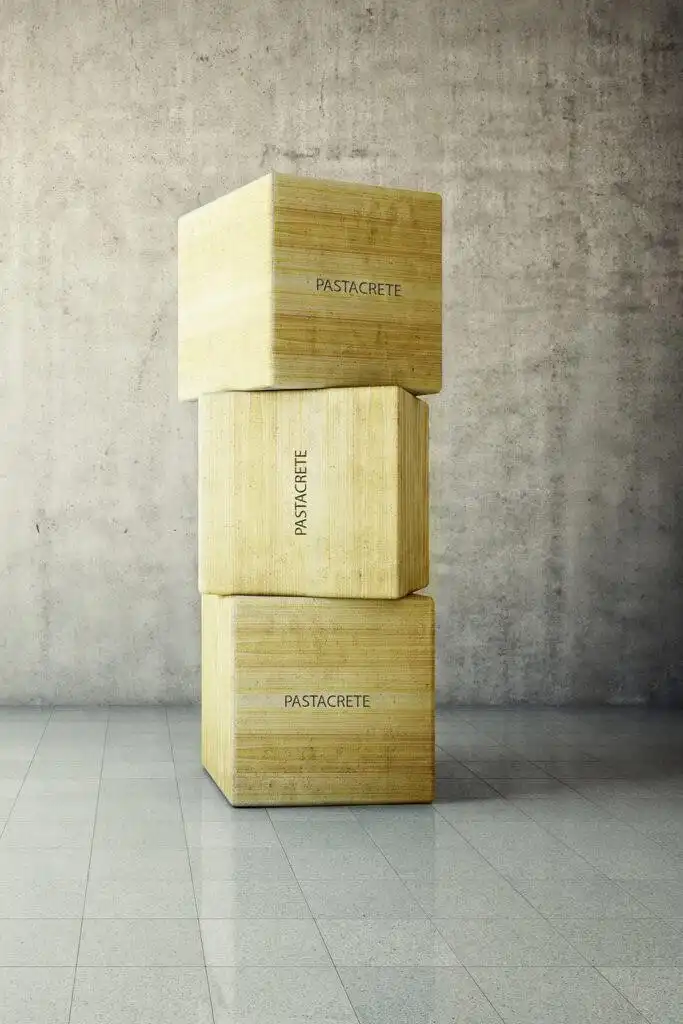In recent years, there has been a growing interest in combining ancient techniques with modern building technologies to create building materials that are sustainable, efficient, and cost-effective. By drawing on the wisdom of the past and leveraging the latest technological advancements, engineers and architects can develop innovative solutions that meet the needs of today’s society while respecting the environment and the cultural heritage of our ancestors. Overall, combining ancient techniques with modern design can result in new construction technologies that are not only sustainable and efficient but also culturally and aesthetically significant. By learning from the past and embracing the future, we can create a built environment that reflects our values, respects our natural resources, and meets the needs of future generations. To address these issues, many builders are turning to bio-based materials that are renewable, biodegradable, and have a low carbon footprint
Bio-based building materials offer a sustainable alternative to traditional building materials, as they are renewable, biodegradable, and have a low carbon footprint. As the demand for sustainable building materials continues to grow, we will likely see more bio-based materials being used in construction projects around the world. In this regard, Buro Happold has launched the building material-Pastacrete ResCP™. The material is manufactured from accessible, affordable, bio-based elements. This flexible material is set to transform the architecture, engineering and construction (AEC) industry.
Pastacrete ResCP™ is a sustainable alternative to traditional building materials such as concrete and steel, which are resource-intensive and contribute to carbon emissions. It has a low carbon footprint and can be recycled or reused at the end of its useful life, reducing waste and environmental impact.
The product also has excellent thermal and acoustic insulation properties, making it ideal for use in buildings where energy efficiency is a priority.

The idea behind product development
Pastacrete ResCP™ is a modern and refined version of a material that was developed centuries ago – with a Buro Happold twist. It has been used in the leaning tower of Pisa, an icon of Italian architecture. Buro Happold engineers were interested in the strength and power inherent within structures that were thousands of years old. Upon analysis by engineers, it was revealed that the material that held the stones and bricks together was made from milled wheat and eggs. The foundations remained in place, bolstered by this miracle of ancient material. The reliability and strength evident in what remained of this building inspired the company and prompted discussions of how the company could bring it into the 21st century.
Riga Toni, director of culinary construction at Buro Happold, said, “We see a number of pasta-bilities in both circular and layered deployments, where we can strengthen and enhance the architectural ingredients from our collaborators in an innovative and delicious way. Some of the world’s first multistorey buildings were said to be inspired by the humble lasagne, and we believe with Pastacrete we can take things to new levels.”
He further stated, “Early iterations of this cost a pretty penne, but we have worked hard to make this technology available to all. We have undertaken extensive testing to optimise performance. You can find the ingredients in your local supermarket – just get in contact with Buro Happold to speak to our experts, find out quantities and how to integrate this into your projects. To make things simple, we are today excited to reveal the most important and final addition to make Pastacrete ResCP™ perfect; the addition of boiling, salted water.”
Lynne Guin, who is part of a team of structural engineers who contributed to the development of the product said, “There were moments in the development that seemed as if we had problems we couldn’t get pasta, but we worked through them to create something that will stand the test of time. It is something that I know will remain popular for many years to come.”
Conclusion
Construction technology has progressed over the years, allowing structures to be built taller and faster than ever but the remnants of ancient monuments remind us that construction techniques from as long as hundreds of years ago had enormous merit as well. Buro Happold abides with this principle and the company’s new product development sets a benchmark for bio-based building materials that represent a co-balance of ancient and modern technology.
Reference – https://www.burohappold.com/

